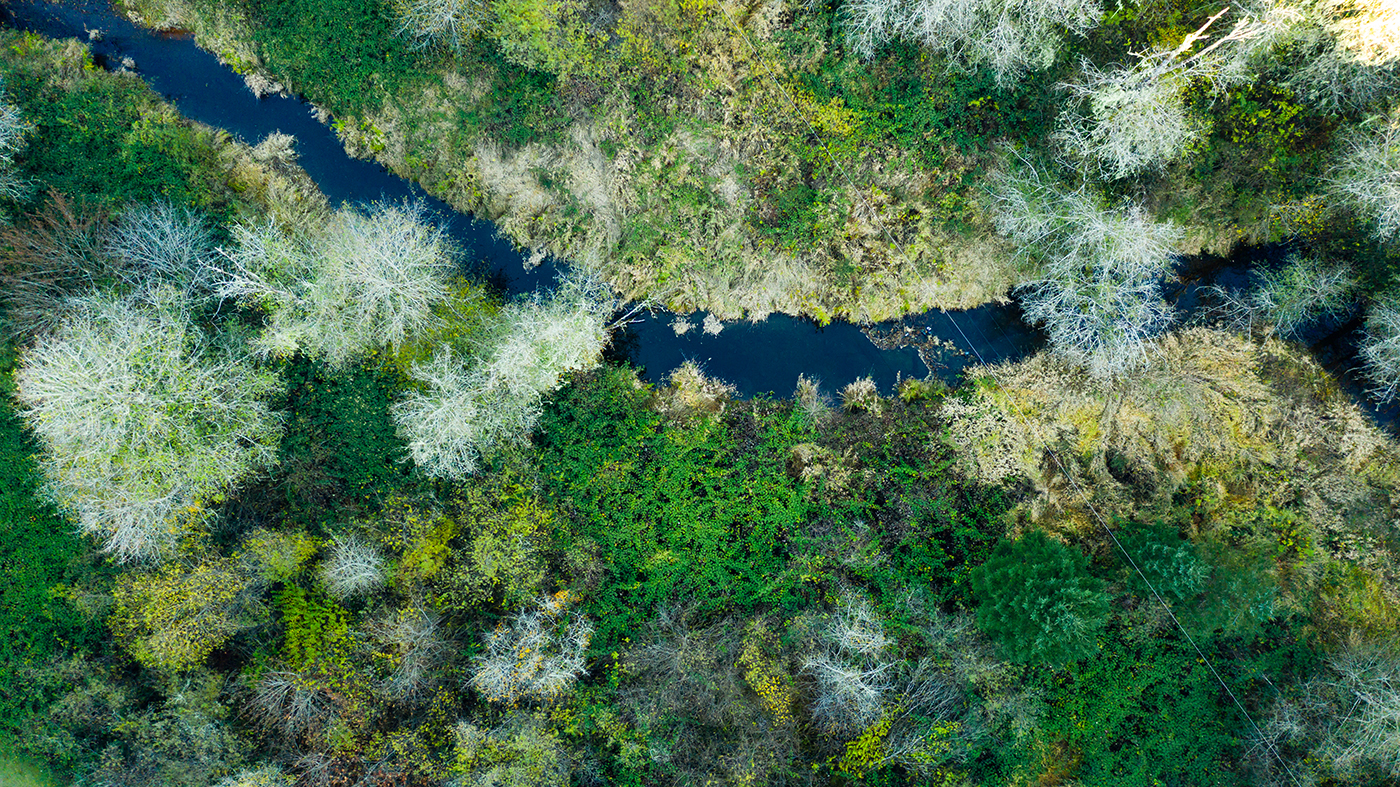What is Resilient Forestry?
Bird's eye view of a section of the Shady Creek Forest in Western Lane County, a prime example of the principles of resilient forestry put into action.
To learn more about resilient forestry practices, join us for a cool walk in a lush Pacific Northwest forest and see for yourself! SIGN UP today!
The Forest Stewardship Council (FSC) defines resilient forestry as "the ability of forests to adapt to change and continue to provide essential services to people and nature." This definition includes the following elements:
The ability of forests to adapt to change: This means that forests should be able to withstand the effects of climate change, such as drought, pests, and disease.
The provision of essential services: This means that forests should continue to provide a variety of benefits to people and nature, such as timber, water, food, and recreation.
The FSC also identifies a number of principles that should be followed in order to achieve resilient forestry.
These principles include:
Resilient forestry is an important concept for the future of forests. As the climate changes, forests will need to be able to adapt in order to survive. By following the principles of resilient forestry, we can help to ensure that forests continue to provide essential services to people and nature for generations to come.
Owner/Operater of Shady Creek Forest, Dave Eisler, explains it well in the video below...
Our latest video about the Shady Creek Forest, a Lane County example of a resilient forest in Oregon
Resilient Forestry's approach to forest management is based on the principles of ecological forest science. We believe forests are complex ecosystems that need to be managed in a way that takes into account the needs of all the different species that live in them. We also believe that forests need to be managed in a way that is sustainable for future generations.
Some of the benefits of resilient forestry include:
* Increased forest health: Resilient forests are better able to withstand the effects of climate change, such as drought, pests, and disease.
* Improved wildlife habitat: Resilient forests provide a more diverse and abundant food source for wildlife.
* Enhanced carbon sequestration: Resilient forests can store more carbon dioxide, which helps to mitigate climate change.
* Increased economic value: Resilient forests can provide a variety of economic benefits, such as timber, recreation, and tourism.
Forests of Silent Growth, an intervew with Dave Eisler, owner of Shady Creek Forest
Here are some other definitions of resilient forestry from other sources:
The Nature Conservancy: "Resilient forests are those that can withstand and recover from disturbances, such as fire, pests, and disease. They are also able to adapt to changing environmental conditions, such as climate change."
The World Wildlife Fund: "Resilient forests are those that are able to maintain their structure and function in the face of disturbances. They are also able to adapt to changing environmental conditions."
The International Union of Forest Research Organizations: "Resilient forests are those that are able to maintain their productivity, biodiversity, and ecosystem services in the face of disturbances and environmental change."
Read more about our Resilient Forestry Tours
Read more about our work to promote the principles of Resilient Forestry






